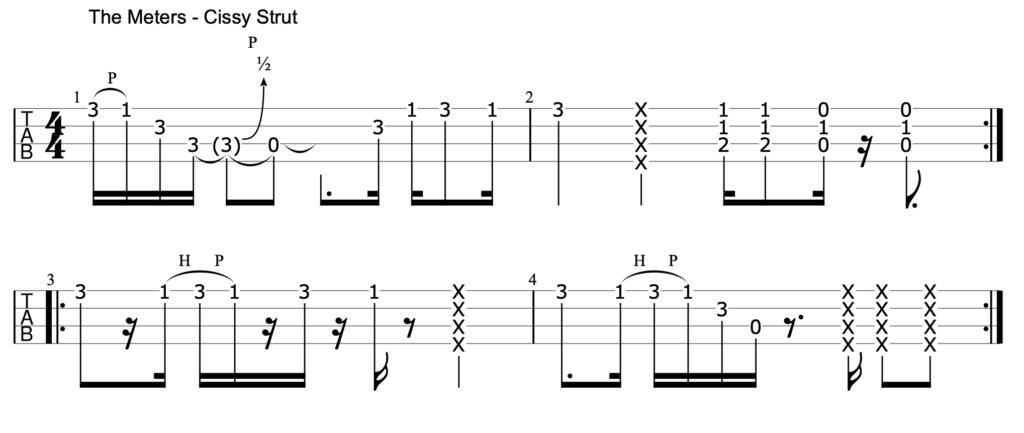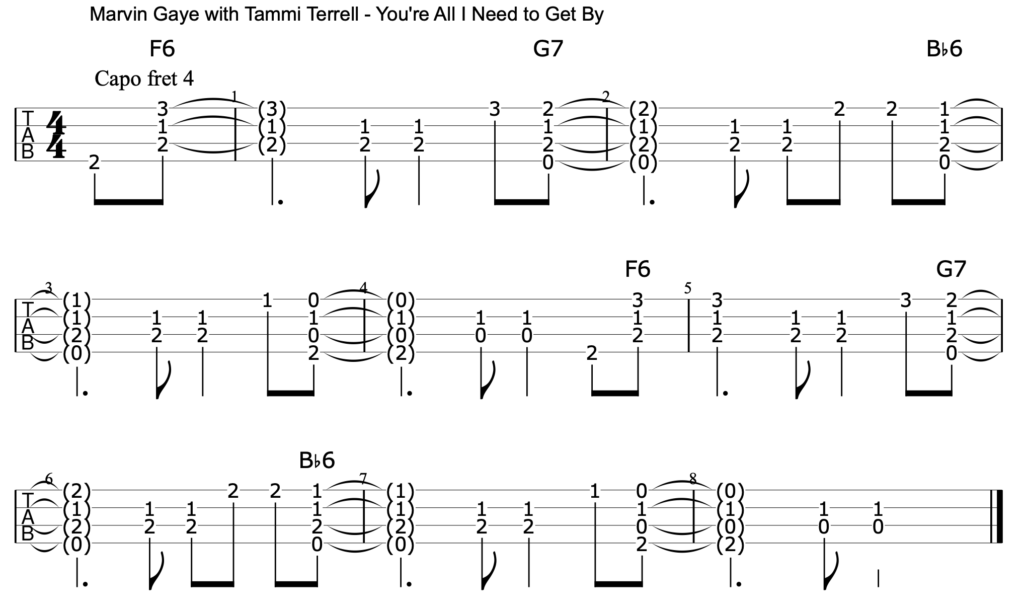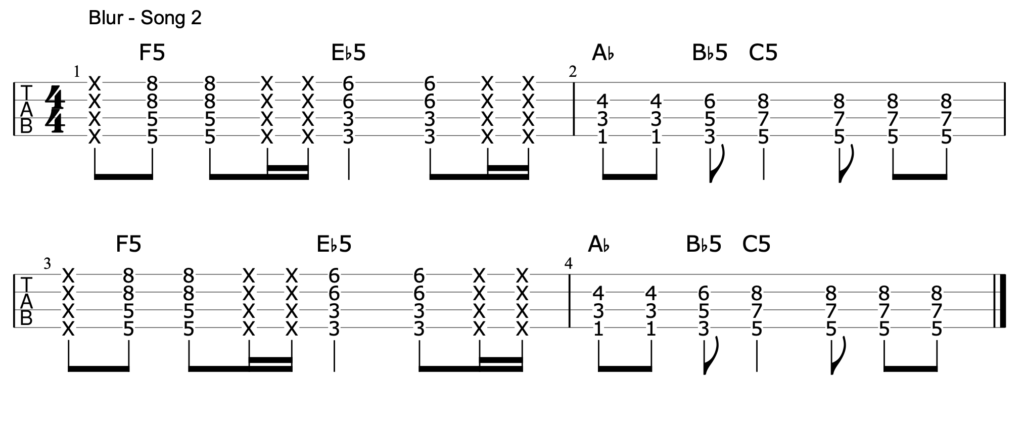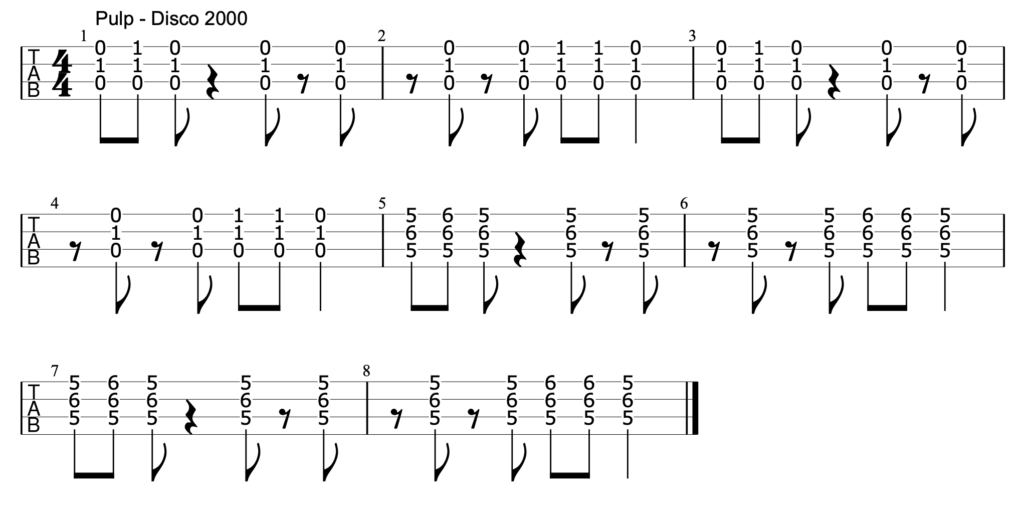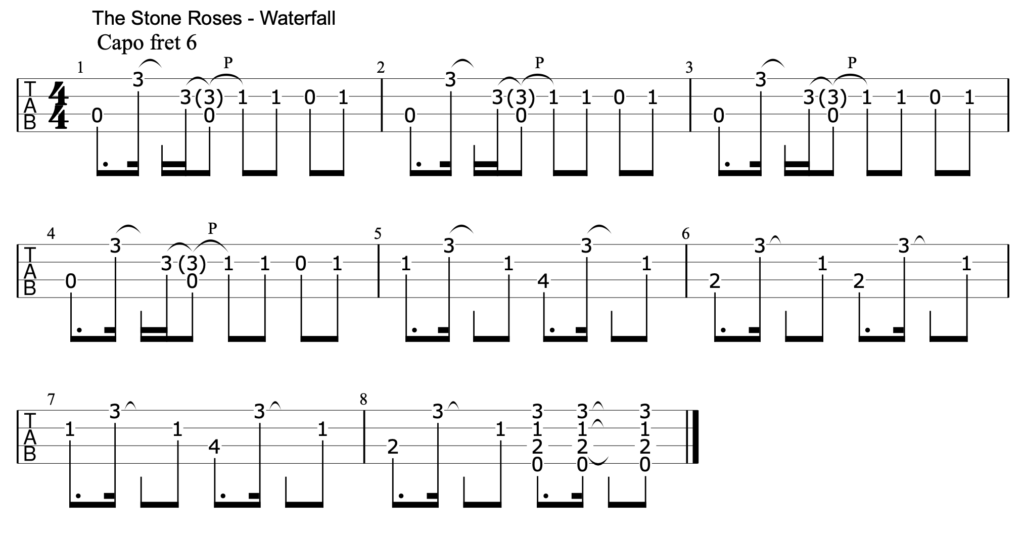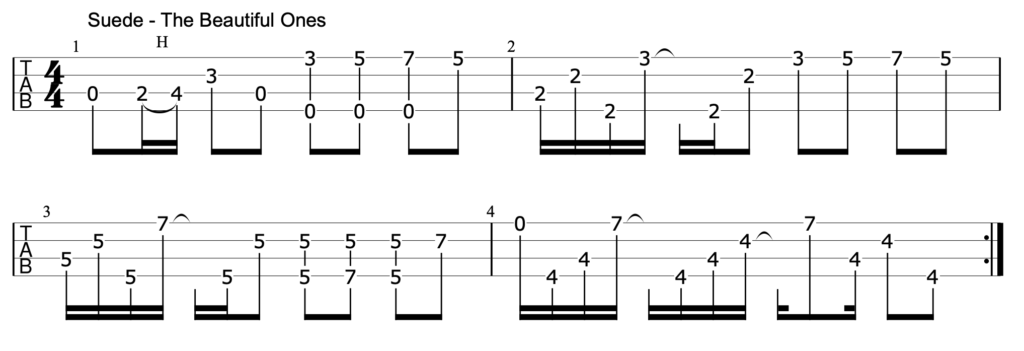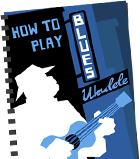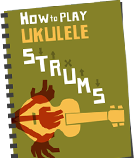Foo Fighters – My Hero (Tab)
In tribute to Taylor Hawkins: My Hero by Foo Fighters.
The song starts off with a bit of dissonance between the Ab on the E-string and the open A string. The Ab also provides dissonance as the first note in the chorus melody (bar 16).
My first arrangement contained strumming almost all the way through. So in the intro I was strumming the second half of bars 1 and 2. And also strumming in the gaps at the end of every other bar in the verse. If you want to do it that way, go for it. But I decided to create a bit more of a contrast been the sections by picking adding picking to the quieter sections.
For the “solo” section of the tab is more in keeping with the spirit of that section rather than the actual notes. It’s really just a breakdown cooling things off before bringing the rock back. So as long as you build up at the end, you’re free to do whatever you like with this section.
Links
Buy the original
Smells Like Teen Spirit tab
Uke Hunt Patreon
